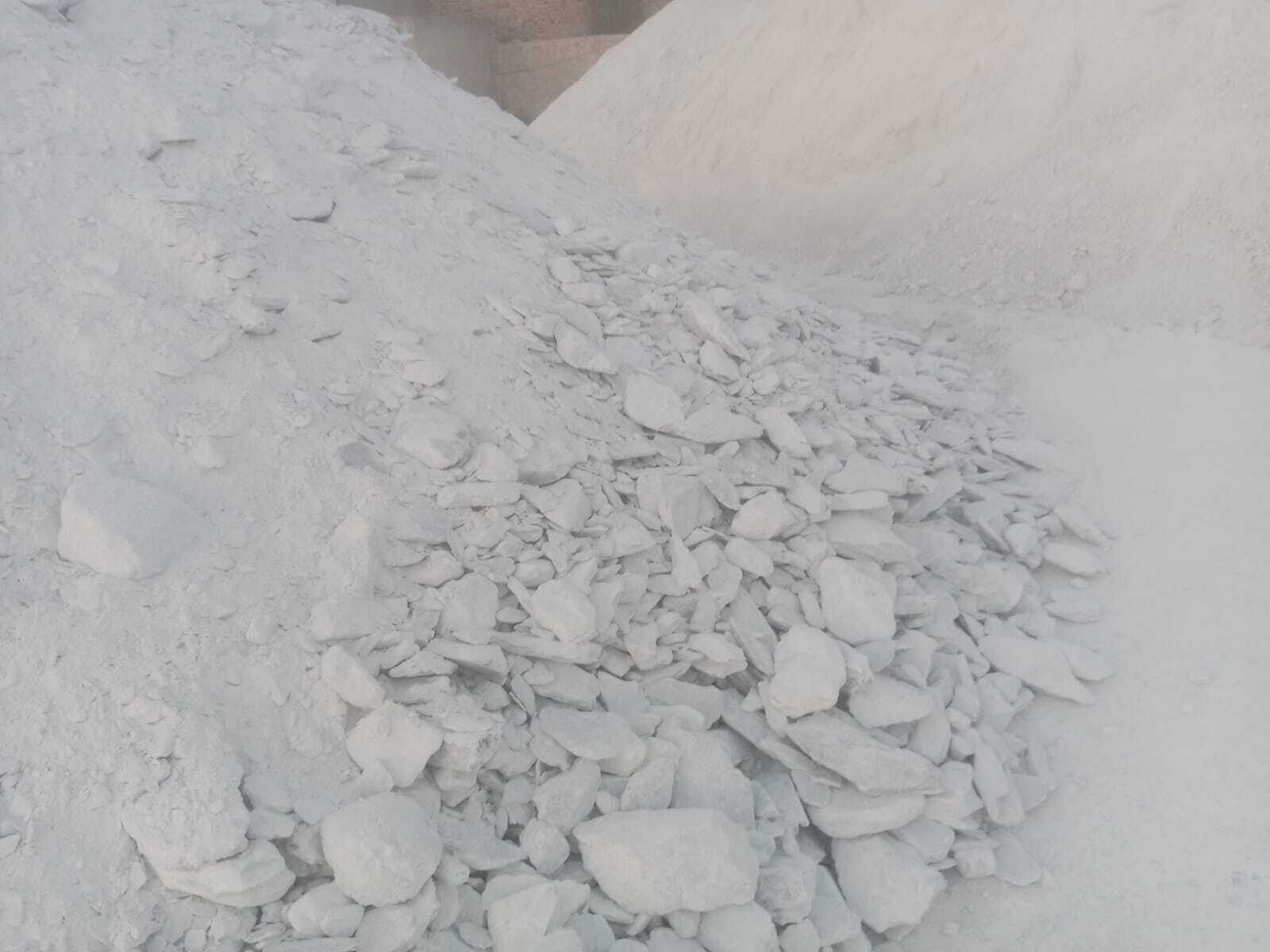Talc In Ceramics
Use Of Talc In Ceramics

Talc is a crucial component in ceramic manufacturing, where it serves as both a flux and a filler to enhance the quality and durability of ceramic products. As a flux, talc lowers the melting point of the ceramic mixture, making it easier to shape and fire at lower temperatures. This process results in a smoother surface and reduces the risk of cracking or deformation during firing, which is particularly important in the production of tiles, tableware, and sanitaryware. The controlled fusion that talc facilitates also helps improve the strength and uniformity of ceramic items, contributing to their longevity and aesthetic appeal.
Additionally, talc contributes to the color and finish of ceramic products. Its inclusion helps to achieve a whiter and more refined appearance in the final product, which is highly desirable for decorative and functional ceramics alike. Talc’s ability to increase thermal shock resistance is another advantage, allowing ceramics to better withstand sudden changes in temperature. This makes talc-enhanced ceramics particularly valuable in kitchenware and lab equipment, where durability under varying conditions is crucial. By improving both visual and functional aspects, talc plays an essential role in producing high-quality ceramics.
